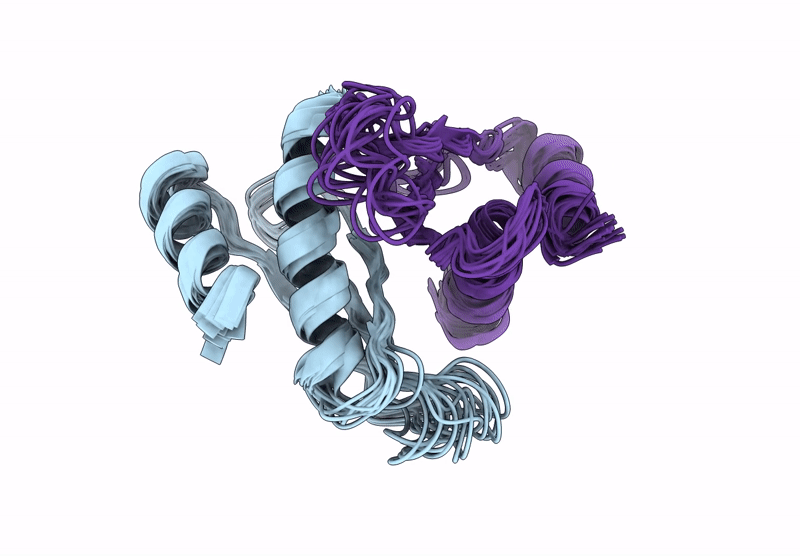
Deposition Date
2024-06-08
Release Date
2025-04-16
Last Version Date
2025-04-16
Method Details:
Experimental Method:
Conformers Calculated:
100
Conformers Submitted:
15
Selection Criteria:
structures with the lowest energy


